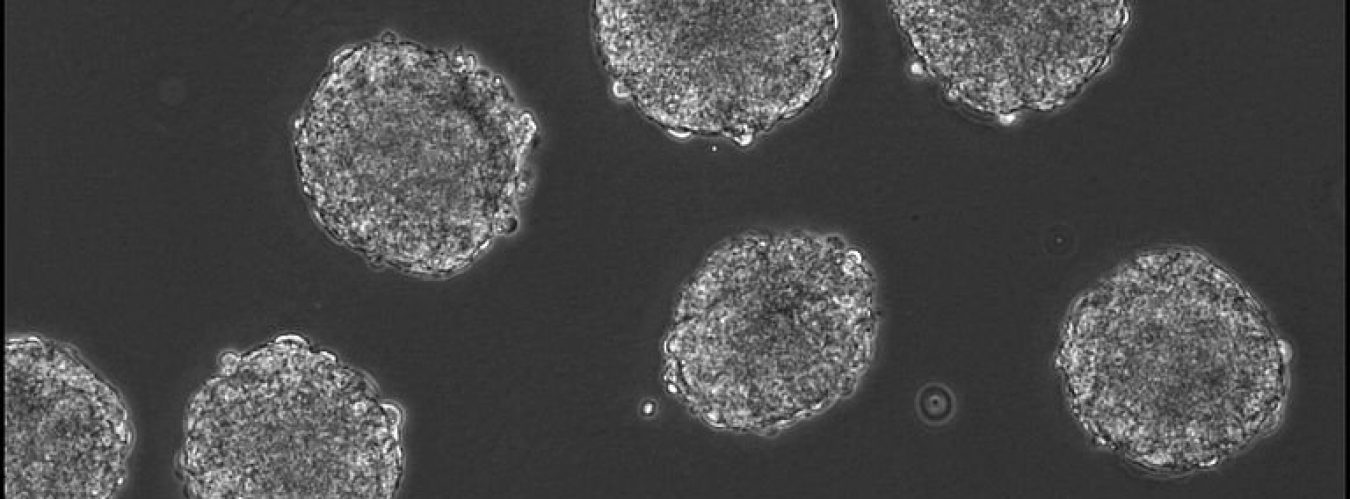The chaperone protein, glucose-regulated protein 94 (GRP94), typically ensures that things run smoothly in the cell world by ensuring that proteins fold properly. However, if GRP94 becomes glycosylated (has a sugar added to it), it transitions from a flexible protein into very rigid. It also moves from its normal place in the endoplasmic reticulum to the plasma membrane. When a protein’s structure is altered like this, its functionality changes, which can lead to widespread problems. This is especially true with chaperone proteins, which make sure that the other cellular proteins fold into the right conformation (shape). If a protein fails to fold into the proper shape, then it will not function correctly. In this case, glycosylated GRP94 disrupts protein networks, which leads to diseases such as cancer and Alzheimer’s. Thankfully, a prototype drug known as PU-WS13 has shown potential to treat this issue by inhibiting (blocking) the defective GRP94 and allowing the normal chaperone protein to do its job. This could potentially target diseased cells while leaving healthy cells to their own devices. Obviously, more research is needed, but these are promising signs for future therapies. Here is the link if anyone is interested in reading the original article: https://www.genengnews.com/news/sweetened-chaperone-lets-cells-follow-proteomic-road-to-ruin/?utm_medium=newsletter&utm_source=GEN+Daily+News+Highlights&utm_content=01&utm_campaign=GEN+Daily+News+Highlights_20200701&oly_enc_id=6133D5788901G9A
Kaitlyn Grayson’s Blog
The journey of a researcher in training
